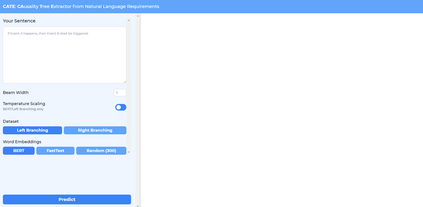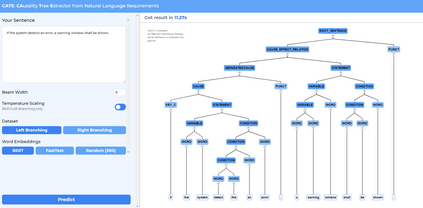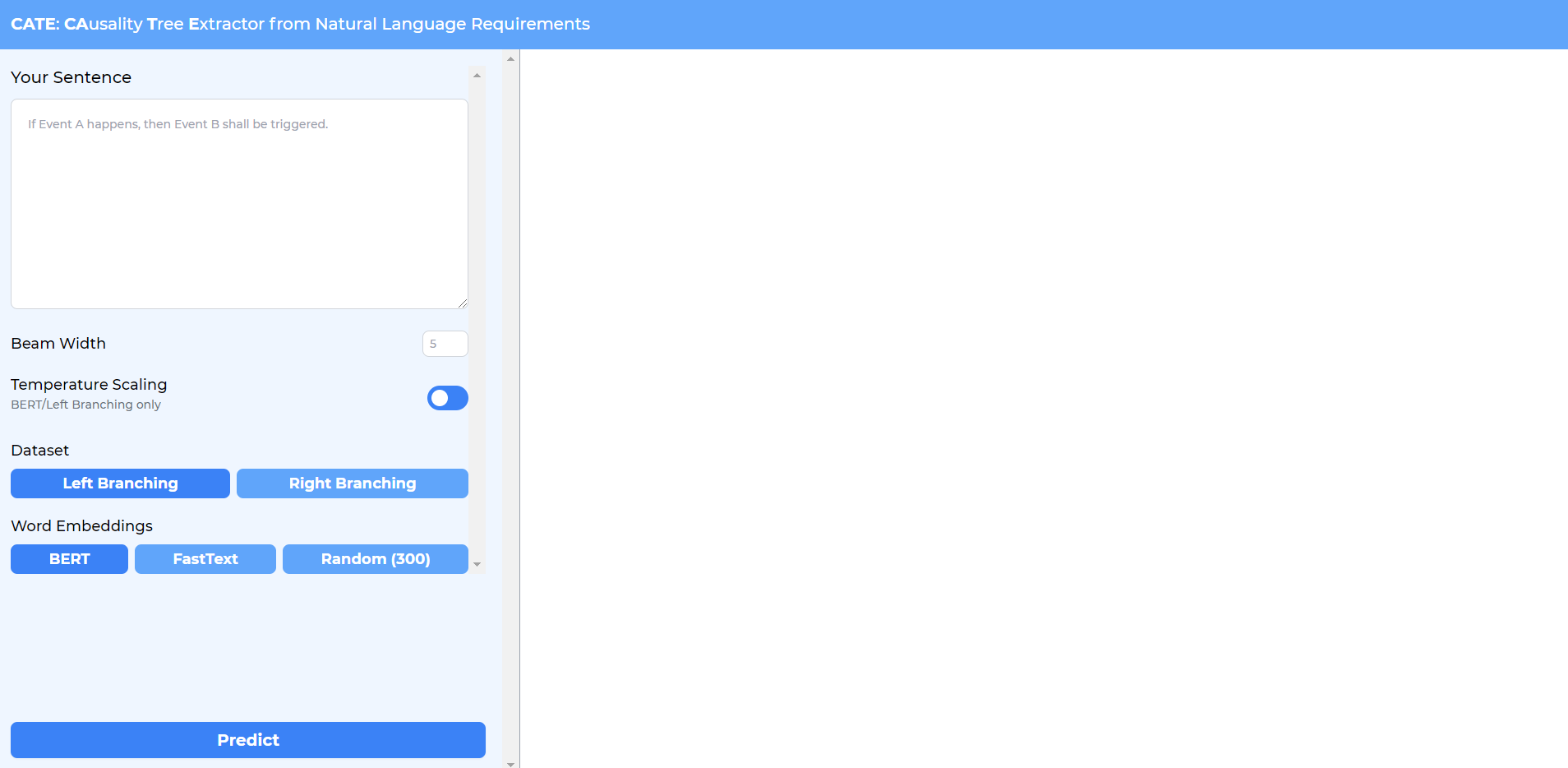Causal relations (If A, then B) are prevalent in requirements artifacts. Automatically extracting causal relations from requirements holds great potential for various RE activities (e.g., automatic derivation of suitable test cases). However, we lack an approach capable of extracting causal relations from natural language with reasonable performance. In this paper, we present our tool CATE (CAusality Tree Extractor), which is able to parse the composition of a causal relation as a tree structure. CATE does not only provide an overview of causes and effects in a sentence, but also reveals their semantic coherence by translating the causal relation into a binary tree. We encourage fellow researchers and practitioners to use CATE at https://causalitytreeextractor.com/
翻译:因果关系(如果是A,那么是B)在需求文物中很普遍。从需求中自动提取因果关系为各种可再生能源活动提供了巨大的潜力(例如,对适当的测试案例进行自动衍生)。然而,我们缺乏一种能够以合理性能从自然语言中获取因果关系的方法。在本文中,我们介绍了我们的工具CATE(CATE),它能够将因果关系的构成作为树结构来分析。CATE不仅提供判决中的原因和影响概述,而且还通过将因果关系转化为二进制树来显示其语义一致性。我们鼓励其他研究人员和从业者在https://causity TreeExtractors.com/上使用CATE。






